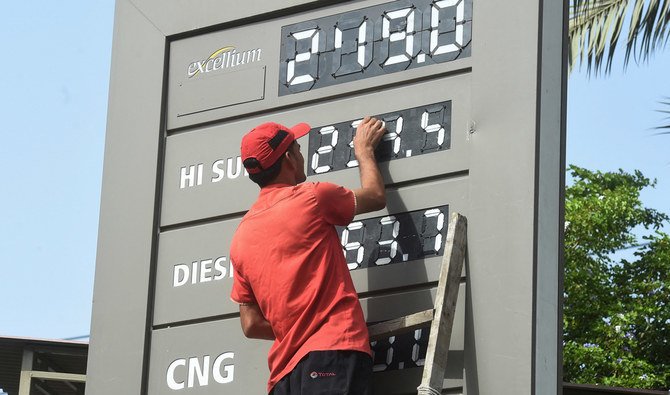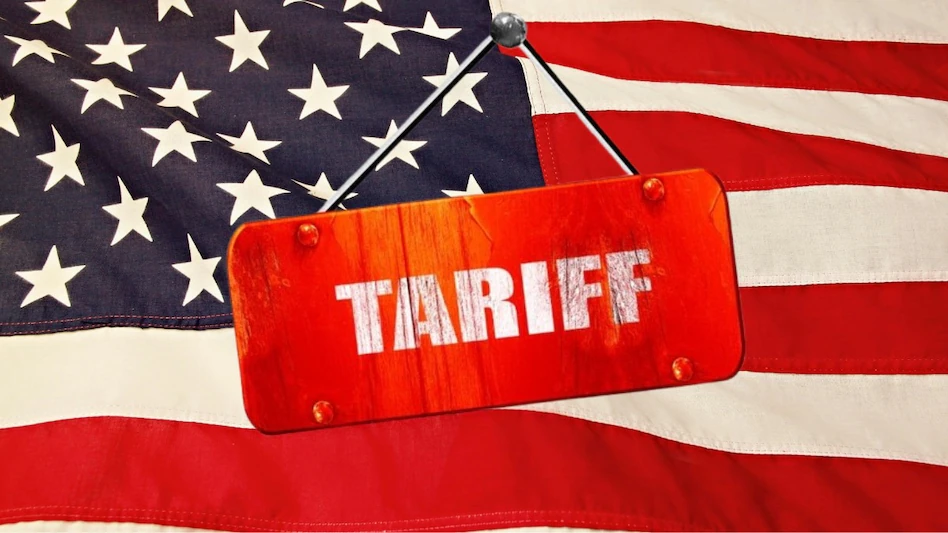Dr Noor Ahmadzai
The oil pricing system is the way that crude oil is valued and traded in the global market. There are different types of oil pricing systems, depending on the region, the quality, and the type of contract. Some of the most common oil pricing systems are:
- Market-linked pricing: This is the system that most oil producers use to price their exports. It involves linking the price of crude oil to a benchmark or marker crude that is widely traded and reflects the supply and demand conditions in the market. The most widely used benchmarks are West Texas Intermediate (WTI), Brent, and Dubai. These benchmarks have different characteristics, such as quality, location, and delivery terms, and they may not reflect the actual value of the crude oil being sold. Therefore, oil producers often apply a differential to the benchmark price, which is a positive or negative adjustment based on the quality, transportation costs, and market conditions of the crude oil. For example, Saudi Arabia uses a combination of Dubai and Oman for pricing its crude exports to Asia; Brent for pricing its crude to Europe; and the Argus Sour Crude Index (ASCI) for pricing its crude to the US.
- Futures and derivatives pricing: This is the system that most oil traders and consumers use to hedge their exposure to oil price fluctuations. It involves buying and selling contracts that specify the price, quantity, and delivery date of crude oil in the future. These contracts are traded on exchanges, such as the New York Mercantile Exchange (NYMEX) and the Intercontinental Exchange (ICE), or over-the-counter (OTC) markets, such as the forward Brent market. The prices of these contracts are determined by the expectations and speculations of market participants, as well as the actual supply and demand of crude oil. The most widely traded futures contract is the NYMEX light sweet crude oil contract, which is based on WTI. The most widely traded derivatives contract is the Brent Contract for Difference (CFD), which is based on Brent and allows traders to lock in a price differential between two delivery dates.
- Output-based pricing system: This is the system that some countries use to impose a carbon tax on the emissions from the production and consumption of fossil fuels, such as crude oil. It involves setting a benchmark emission intensity for each sector or facility, and applying a carbon price to the excess emissions above the benchmark. The carbon price is usually linked to the market price of carbon, such as the Greenhouse Gas Pollution Pricing Act in Canada. The output-based pricing system aims to encourage the reduction of greenhouse gas emissions, while maintaining the competitiveness of the industries and avoiding carbon leakage.
Concerns surrounding the effectiveness and consumer impact of Pakistan’s oil pricing system, which is tied to a fortnightly price scheme, have prompted inquiries for potential improvements. To explore this further, it is crucial to analyze and compare how neighboring countries like India and Bangladesh, as well as global exemplars like the UK and Canada, approach pricing models. Additionally, recognizing the roles of regulatory bodies like Pakistan’s OGRA (Oil and Gas Regulatory Authority) is vital for effective oversight in the dynamic petroleum market.
India’s Dynamic Model: India adopts a dynamic pricing model overseen by the Petroleum and Natural Gas Regulatory Board (PNGRB). Unlike Pakistan’s fortnightly adjustments, India implements daily (6:00 AM) price updates based on global factors, ensuring consumers experience real-time reflections of market conditions. Since the deregulation of petrol and diesel prices in 2014, Oil Marketing Companies (OMCs) such as Bharat Petroleum Corporation Ltd and Hindustan Petroleum Corporation Ltd have been revising prices daily. This transparent mechanism involves the Petroleum Planning and Analysis Cell (PPAC), under the Ministry of Petroleum and Natural Gas, overseeing the revision based on international product prices, taxation, transportation, and other costs. The final retail price is calculated as the sum of the price at which dealers buy from OMCs, excise duty, dealer’s commission, and state government VAT. Notably, the absence of fixed margins like Inland Freight Equalization Margin (IFEM) fosters healthy competition among dealers, encouraging efficiency and better service for consumers.
Bangladesh’s Fixed Pricing System: In contrast, Bangladesh adheres to a fixed pricing system regulated by the Energy Regulatory Commission (BERC). While providing stability, this model potentially limits market dynamics and competition. Initially implemented to shield consumers from volatile global oil prices, this approach has revealed weaknesses. Heavy government interference often results in political considerations influencing pricing decisions, leading to products being priced below actual costs and straining the state-owned oil company, Bangladesh Petroleum Corporation. This model discourages private sector participation, compromises operational efficiency, and hinders investments in infrastructure and technology.
Global Examples: The UK adopts a market-driven approach that ensures competition among retailers, while Canada manages availability and pricing through a combination of market forces and strategic government interventions. Regulatory bodies play crucial roles in overseeing competition and ensuring fair market practices. Ofgem in the UK focuses on promoting competition and safeguarding consumer interests, while Canada’s National Energy Board regulates energy pricing and market fairness.
Implications for Pakistan: Considering these global models, Pakistan could contemplate a phased deregulation strategy. Empowering OGRA to calculate daily prices and conveying it to OMCs and dealers, while initially maintaining IFEM, could foster healthy competition. Presently, Ron 95/97 and lubes are deregulated in Pakistan, demonstrating the feasibility of such a model. Despite potential resistance, engaging in a constructive dialogue with stakeholders is crucial. Deregulation has proven its utility in promoting efficiency and optimal pricing for consumers.
Please, subscribe to the monthly magazines of republicpolicy.com
Following are the recommendations to reform and develop a progressive oil pricing system in Pakistan:
- Pakistan should consider revising its oil prices more frequently, instead of the current fortnightly mechanism, to reflect the global market conditions and reduce inventory losses for the oil industry. A weekly or even daily revision, as adopted by India, could enhance transparency and efficiency in the oil pricing system. This would require empowering OGRA to calculate and communicate the prices to OMCs and dealers, based on international product prices, taxation, transportation, and other costs.
- Pakistan should also consider deregulating its oil prices, as done by India and the UK, to foster healthy competition among retailers and reduce government interference. Deregulation could encourage private sector participation, operational efficiency, and investments in infrastructure and technology. It could also benefit consumers by offering optimal and competitive prices. However, deregulation should be implemented in a phased manner, with adequate safeguards and oversight by OGRA and other regulatory bodies.
- Pakistan should address its energy crisis, which poses serious threats to its economy and security, by diversifying its energy mix and reducing its dependence on oil imports. Pakistan should explore its indigenous energy sources, such as the Thar coalfields, and alternative energy sources, such as solar, wind, and hydropower. Pakistan should also improve its energy efficiency and conservation, and invest in upgrading its transmission and distribution networks.
- Pakistan should reform its tax system, which is plagued by low collection and high evasion, to generate more revenue to support its energy sector. Pakistan should broaden its tax base, simplify its tax structure, and enhance its tax administration and enforcement. Pakistan should also rationalize its tax rates and exemptions, and ensure that they are aligned with the economic and social objectives of the country.
Lastly, Pakistan’s oil pricing system can be reformed and developed by adopting more frequent and market-based price revisions, deregulating the oil sector, diversifying the energy mix, and reforming the tax system. These recommendations, if implemented, could create a more efficient and dynamic oil market that ultimately benefits the consumers and the overall economy. Pakistan’s petroleum pricing strategy can benefit significantly from lessons learned from diverse global models. A phased approach to deregulation, coupled with active engagement with industry stakeholders, can pave the way for a more efficient and dynamic energy market that ultimately benefits the consumers and the overall economy.
Please, subscribe to the YouTube channel of republicpolicy.com

















